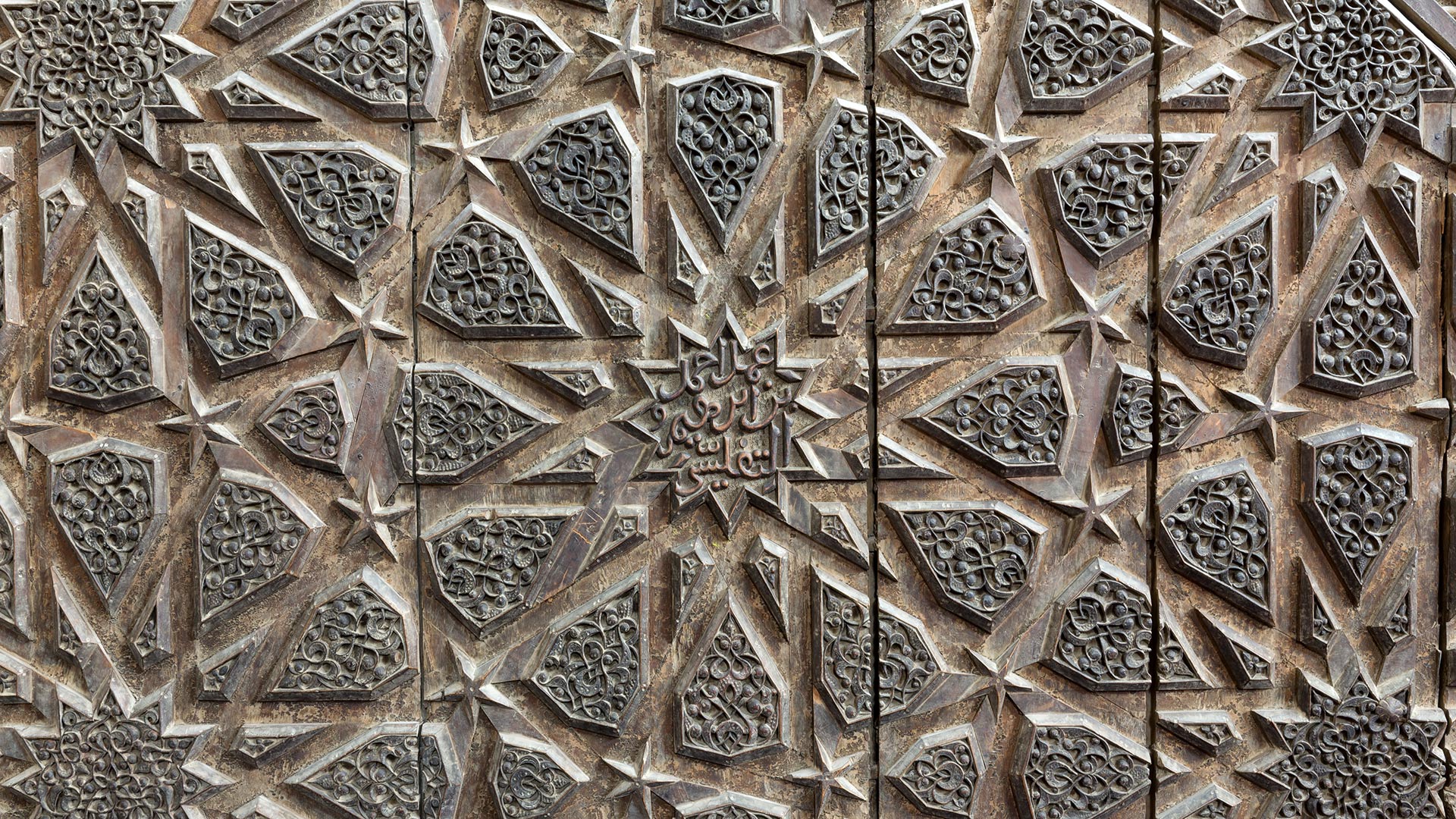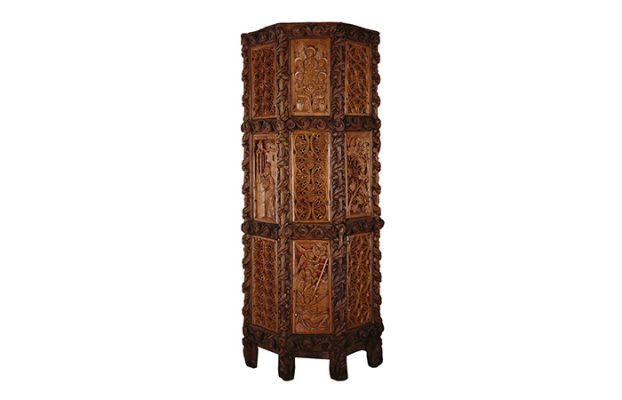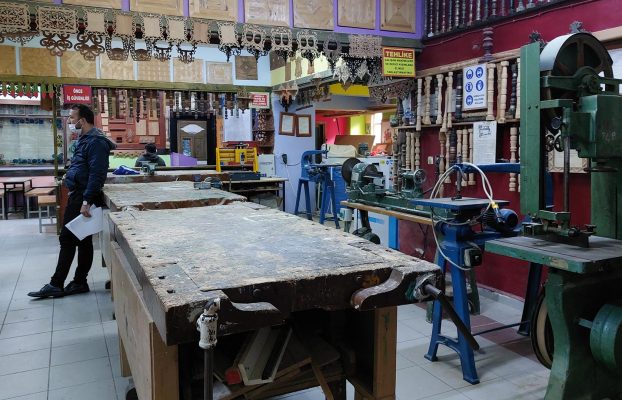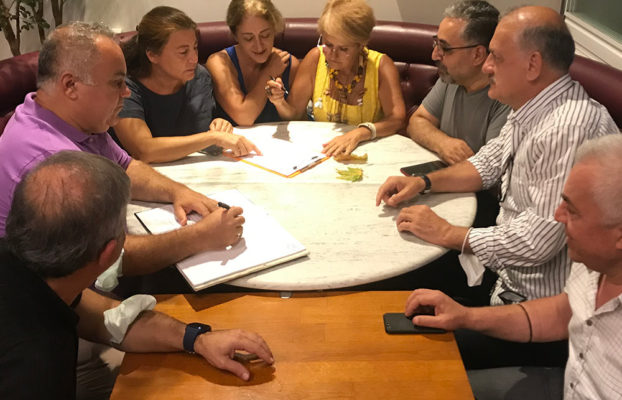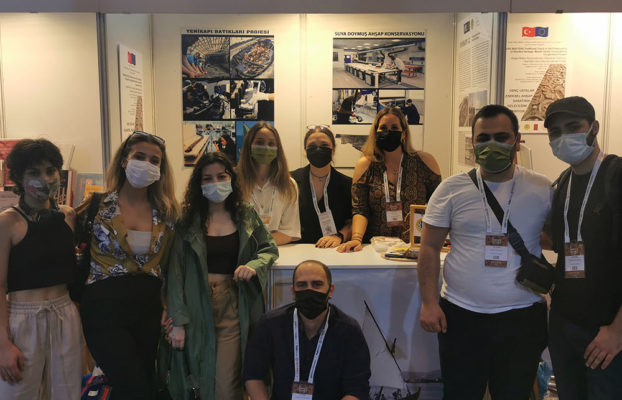Turkish Wood Art and Project Concept
Wood art in Anatolia developed with the Anatolian Seljuks, and kündekari and carved woodwork formed the characteristic of the period. This art, which continues by preserving its originality, gave the best examples of the use of kündekari, carving and inlay techniques in the Ottoman Period. The art of kündekari, in which precious works are created, has been simplified by the adoption of European-origin styles since the 18th century; At the end of this century, wooden materials started to be processed with machines. However, traditional techniques and craftsmanship continued from father to son. Today, there are very few skilled craftsmen who continue the art of wood with its traditional and cultural meaning. The art of wood carving and kündekari, which is the document of our cultural history and traditions, is in danger of extinction due to mass production, lack of sectoral demand for handcraft, and the aging masters cannot find apprentices to transfer their art. In this project, taking as an example the transfer of traditional wood carving and kündekari arts from father to son, from master to apprentice for centuries; continuation of this traditional chain in schools with masters and vocational high school students is presented as a solution proposal.

